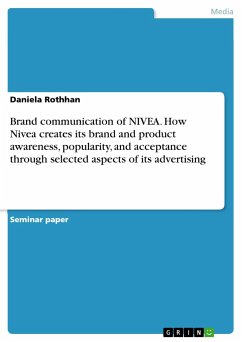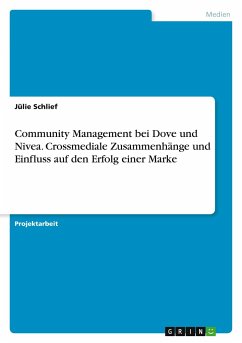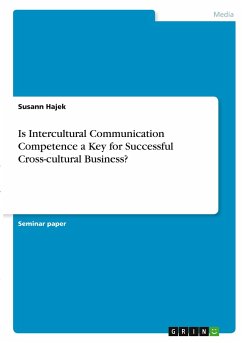Essay from the year 2011 in the subject Communications - Public Relations, Advertising, Marketing, Social Media, grade: Distinction 87%, University of Exeter (Business School), course: Msc International Management - Brand Communication, language: English, abstract: The brand name NIVEA is familiar to many people from childhood onwards. However, not many people know the actual meaning of the name NIVEA. The name comes from the Latin adjective "niveus/NIVEA/niveum" meaning snow-white. NIVEA was invented in 1911 and celebrates its 100th Anniversary this year. In that time the original blue tin packaging of the cream has changed its appearance (Appendix 1), but the actual formulation has changed very little since its first launch.According to Interbrand (2011a) NIVEA is one of the top 100 best global brands with a brand value of $3,734m. Additionally, in Reader's Digest Trusted Brands annual consumer survey (2011) NIVEA has been voted the most trusted brand for the last five years in 15 out of 16 European countries (Appendix 2). With a brand awareness of 99% (Appendix 3) in Germany, there can be no doubt that NIVEA is a success story (Gruner and Jahr, 1994 cited in Marketingverein, 1997).The research questions addressed by this essay are how NIVEA became the market leader, and how it has kept increasing its market share over the years to hold that market position successfully. The first part will analyse NIVEA's brand identity and visual identity. The author has decided to concentrate on these brand elements because creation of a strong corporate identity is crucial for companies in gaining a competitive advantage. This is followed by a brief discussion of NIVEA as a mother brand and the management of its umbrella brands. The last part will examine the factors that have made NIVEA's success sustainable over such a long period. Finally, an evaluation will be made of the brand, and a conclusion will summarise the main findings.








